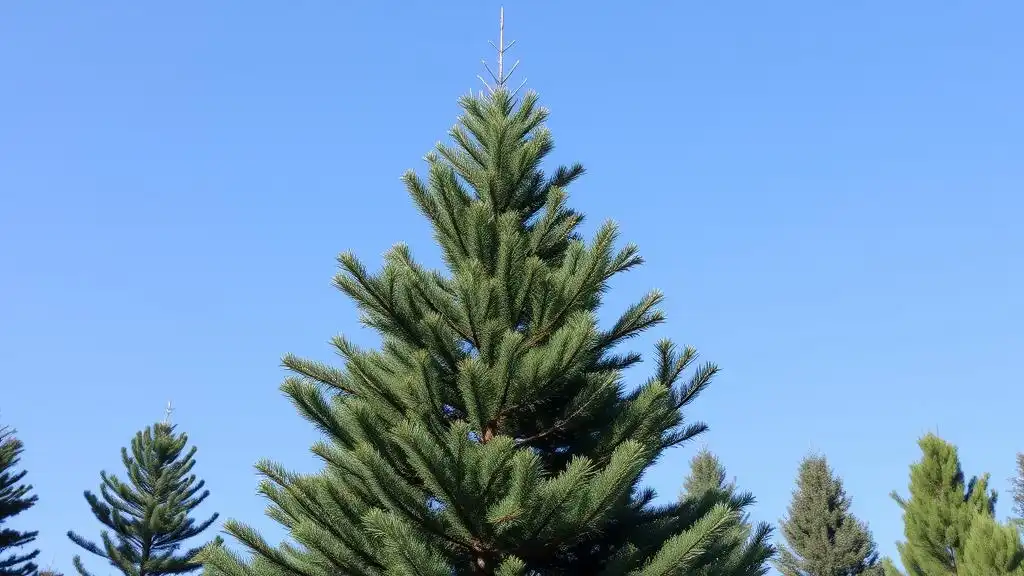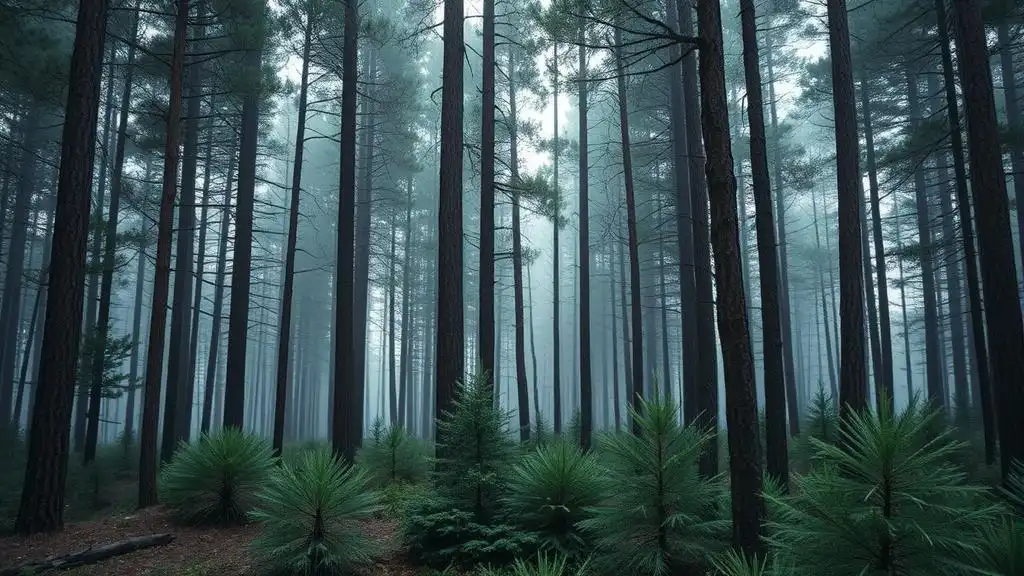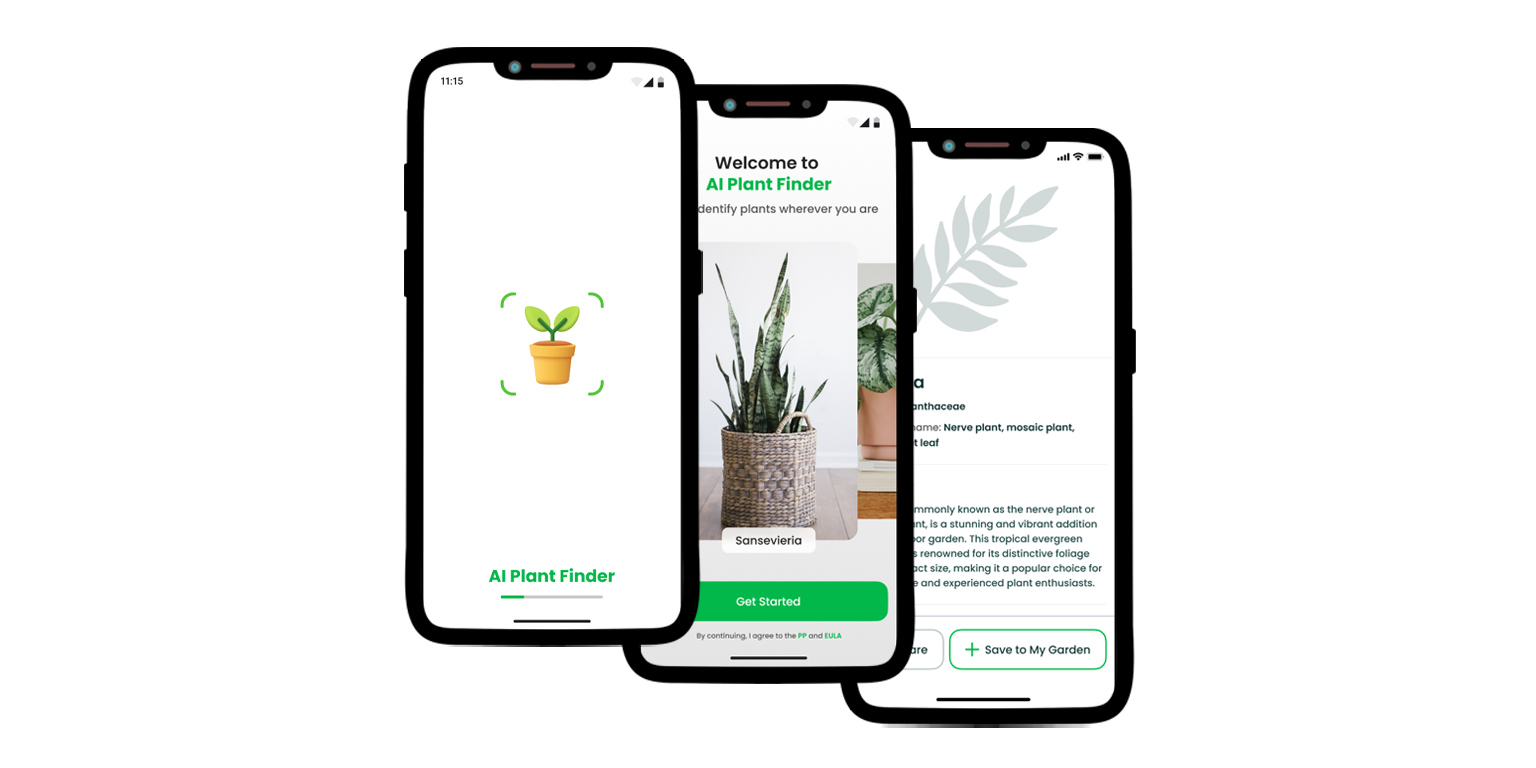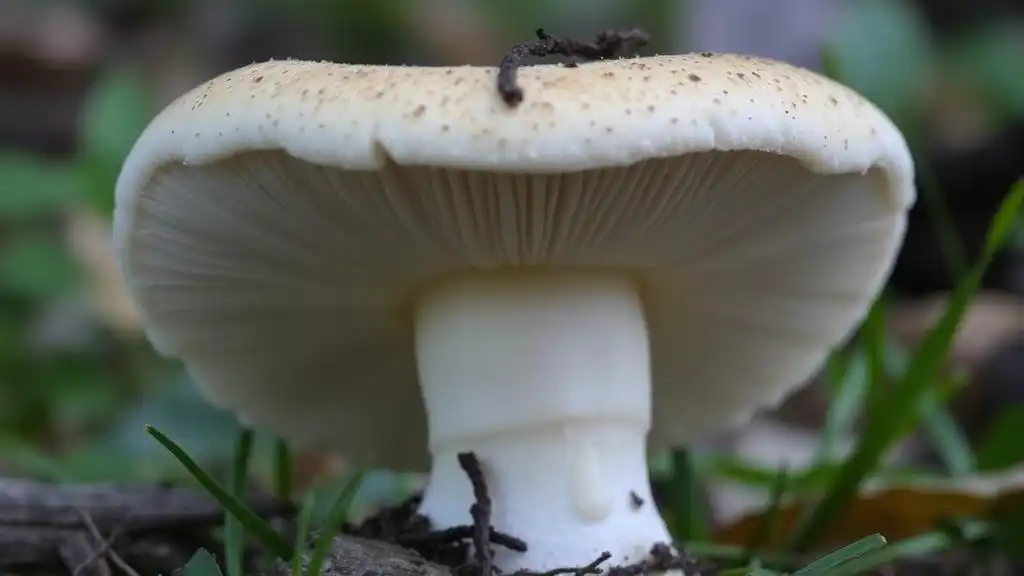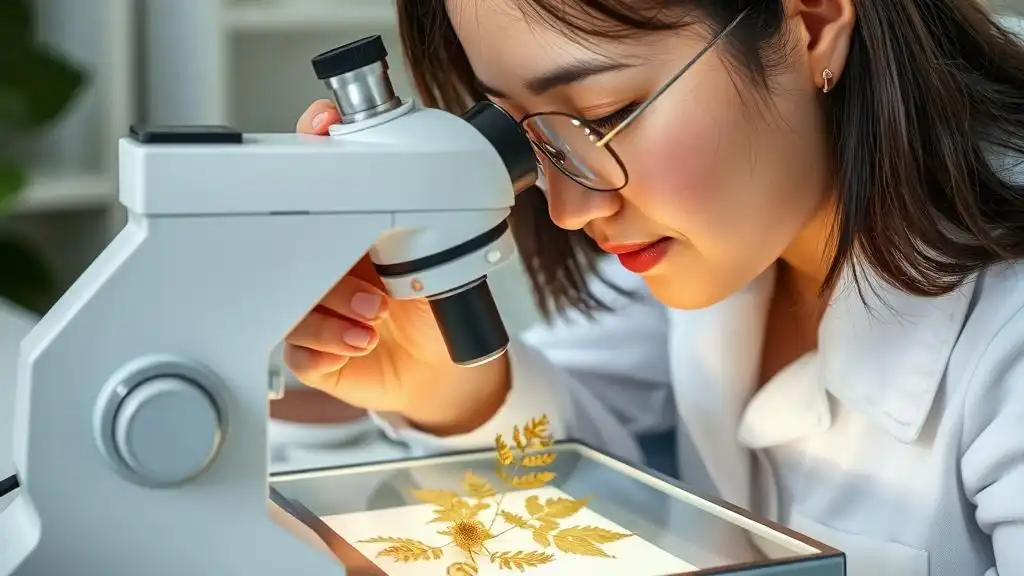Flora never ceases to amaze, for it incorporates instances of all forms, sizes, and colors, which one may not even know about. Though facing plants on every part of our paths, their names and unique traits may remain unnoticed and undiscovered. One of the major plant groups in the world is gymnosperms. But how can we decipher them?
In this complex yet simply composed material, one may get acquainted with this “naked” science, explore how to identify gymnosperms, and discover the most popular options for a private garden. Why are conifers and cycads considered gymnosperms? Well, let us see.
What Do Gymnosperms Mean?
Science knows that all floral creations can boast different structures with unique reproductive mechanisms in the first place. Gymnosperms represent a large and one of the oldest groups of seed-producing plants, e.g., conifers, cycads, ginkgophytes, and gnetophytes as well.
Unlike angiosperms which demonstrate seeds located in the enclosed areas within an ovary, seeds do develop on the surface of leaves/scales without flowers and fruit but cones being produced. Now it gets clear why gymnosperms can be called plants with naked seeds.
Distinctive Features of Gymnosperms
In general, all gymnosperms share similar traits that make it easier to differentiate them from other plant groups. Essentially, the gymnosperm’s structure shows a perennial woody plant with vascular tissues, i.e., the xylem for water transportation and the phloem for sugar distribution, in broad terms. So, what about the gymnosperm’s composition? Do gymnosperms have spores?
Naked Seeds Instead of Flowers: The most prominent part of the gymnosperm’s structure is the seeds that are not hidden in the ovaries but develop on the hard scales of cones, in the majority of cases.
Cones: Those who pay attention to the plant’s overall appearance always notice cones, the hubs of male or female origin with small leaves/leaflets on their surface. Thanks to the seed-exposing properties, gymnosperms frequently serve as animal shelters with food provided.
Needle-like or Scale-like Leaves: One of the adaptation mechanisms that gymnosperms are known for comes down to the leaf structures capable of conserving water inside and reducing excessive moisture transpiration, too.
Taproot System: As a rule, gymnosperms exhibit a taproot system, i.e., a primary root developed from the seed grows deep downwards and lateral branches that spread horizontally. Hence, a plant may access hidden sources of water and nutrients, as well as stay solid more easily.
Pollen: As for reproduction, gymnosperms go through several stages, starting with the production of spores which are to form microspores (potential pollen grains) and megaspores (potential female gametophytes). Carried by wind, pollen grains fertilize ovules and never rely on the methods of distribution.
A Bit More About Cones
Though the process of reproduction is not the easiest one, it is still worth mentioning what cones look like and why they are so crucial for the plant’s reproductive mechanisms. As such, cones fall into two groups, i.e., the male species equipped with pollen and the more complex female ones with seeds inside. Being conspicuous, cones are composed of scales, i.e., modified leaves, that bear pollen sacs or support ovules, based on the type of a cone.
As male cones produce pollen, it is typically dispersed by wind to the female species to germinate and fertilize the ovule and form a seed in the end. As soon as the seeds are mature enough, the cones open and release these formations to reproduce and grow into new instances with renewed vigor.
Most Common Gymnosperm Species Cultivated in Gardens
Resilient and magnificent, gymnosperms often become a popular choice for gardens, be they small and private or commercial and extensive. Probably, the most cultivated species favored for hardiness, aesthetic appeal, and their unique, captivating fragrance are pines and spruces. In most countries, these plant types are strongly associated with Christmas or other holidays we all love and wait for.
While pines, which incorporate Eastern white pine, Scotch pine, and so on, show off their evergreen needles, conical shapes, and amazing adaptability, spruces of various varieties (e.g., Serbian spruce or Colorado blue spruce) are known for their symmetrical shapes, vibrant colors, and dense foliage, too. Although these plants are resilient enough to survive in severe conditions, a proper environment makes sense.
For Those Who Only Commence…
Imagine a situation when you have finally selected a plant of your dreams to cultivate in the local garden. Do you always know where to start? The choice of techniques, locations, instruments, and suitable approach is a challenging task, but with proper assistance, it can be done on a whim. The sphere of digital is a great source of support that can be customized according to one’s personal needs and expectations and plantEd apps facilitate this process even more.
Though there exist dozens of relevant apps, AI Plant Finder seems like the most universal yet all-encompassing platform that can assist before, during, and after your gardening procedures. The app offers astonishing functionality, which includes:
Plant and Disease Identification by Photo
Garden Log with All Your Plant Species Included
Plant Care Reminders
Quick AI Botanist Ready to Consult You 24/7
Water Calculation
Illuminance Detection via Camera
300,000+ Database of Plant Species
… and many more, yet to be discovered.
Gymnosperms, in collaboration with other plant groups, comprise the world of flora that lives in harmony and extends its influence on humans as well. Understanding the specifics of each group is essential, for it may help one navigate nature more smoothly and explore solutions (not necessarily in floral terms). Enjoy the world around you, get educated, and use tools that can change your personal development for good.
